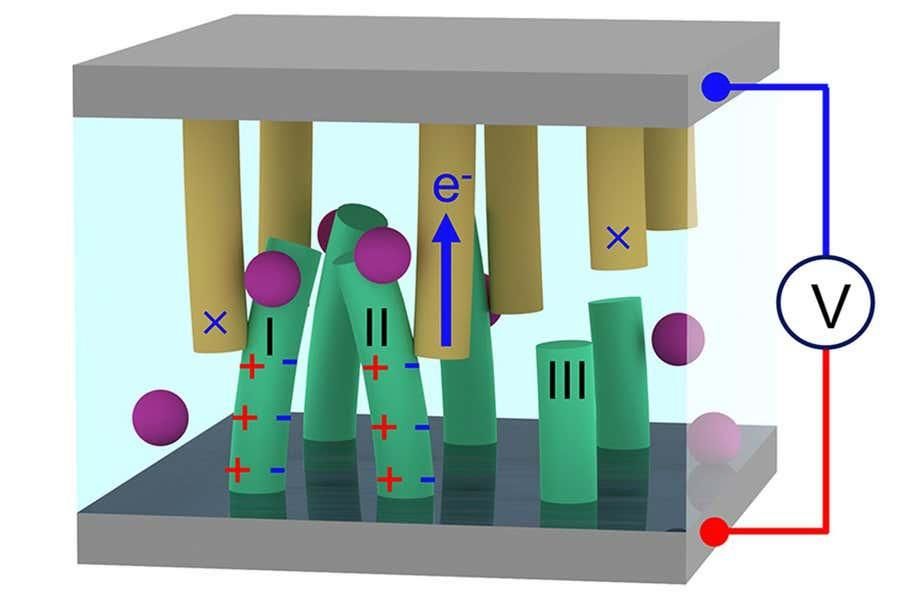
An electricity generator has been created that requires only a glass of liquid to run forever
Energy is generated by Brownian motion
Researchers from Nankai University in China have created a prototype of an almost perpetual electricity generator that does not require fuel. It generates electricity through one of the fundamental phenomena of our world – the Brownian motion of molecules. That is, to start the generator, you only need to place it in a glass of water.
Liquid molecules are constantly moving due to the thermal energy they contain. Moreover, the higher the temperature of the liquid, the faster the molecules move, and at ultra-high speeds, the liquid molecules fly so far apart that the liquid turns into a gas. At room temperature, the liquid molecules simply push against each other in the container. That is, a thermometer is a kind of speedometer for molecular velocity.
A miniature generator can convert these movements of room-temperature liquid molecules into electricity. The developers say that the device can be used to power medical implants or even small household appliances.
“We thought it would be interesting and important to see if this movement could be harvested and converted into electricity,” says Wei Li of Nankai University in China.
Li and his colleagues have created an energy harvesting device with an area of only 1 square centimeter, which consists of upper and lower electrodes, each with several 25-nanometer-wide zinc oxide filaments attached to them. The material was chosen because of its ability to generate an electric charge during mechanical deformation.
The device looks a bit like two toothbrushes with bristles facing each other, says team member Yucheng Luan of East Eight Energy, a startup company in China.
At room temperature, the team immersed the device in a container of liquid called n-octane, a hydrocarbon such as propane or butane, but with a longer chain of carbon and hydrogen atoms. The molecules in the liquid bumped into the miniature zinc oxide filaments, Luan says, and the device generated a small voltage of 2.28 millivolts and a current of 2.47 nanoamps.
Although the device currently generates only a small voltage, it could become a clean and ubiquitous source of energy for low-power devices. After all, the thermal motion of liquid molecules will exist at any time at room temperature.

